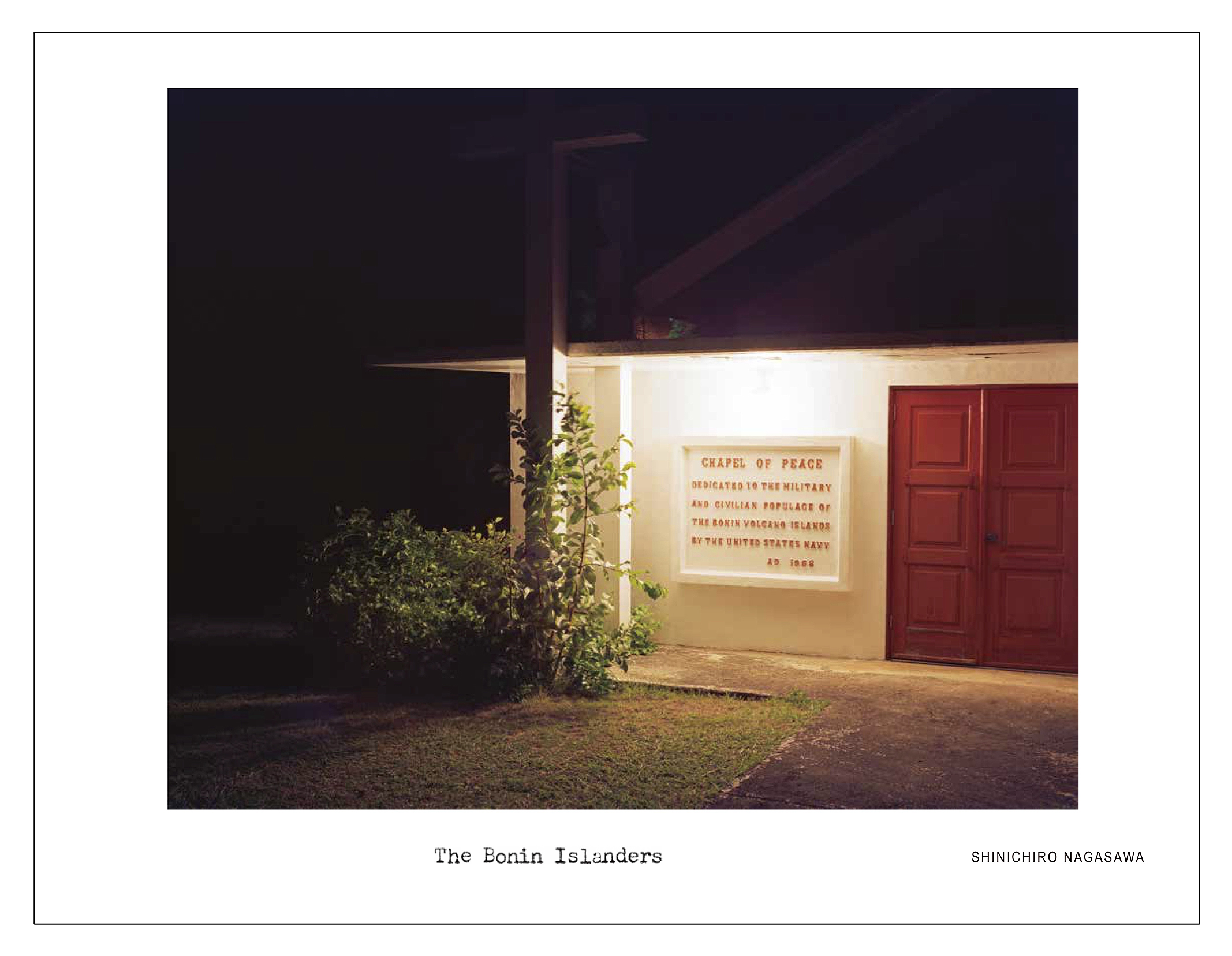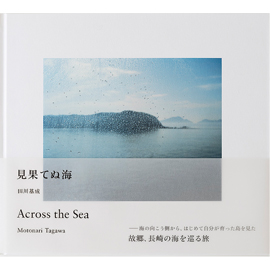
長沢慎一郎『The Bonin Islanders』
Book Design:乗田菜々美 発行:赤々舎 Size: H223mm × W297mm Page:128 pages Binding:Hardcover Published in June 2021 ISBN:978-4-86541-137-9 |
¥ 6,600+tax
国内送料無料!
Out of stock
|
|---|
About Book
小笠原の先住民がもつアイデンティティを可視化し、
The Bonin Islanders
Shinichiro Nagasawa
The island of Chichijima is located at 27°north latitude (about the same as the Okinawa Islands) and 1,000 km far south of Tokyo. With no airport, it takes 24 hours to get there from the Takebashi wharf in Tokyo. With a subtropical climate and many endemic species found nowhere else in the world, it is also known as the "Galapagos of the East". The group of islands that includes Chichijima is listed as a natural UNESCO World Heritage site.
Chichijima used to be uninhabited. The name of the group of the islands ("Bonin Islands") is taken from Japanese word for inhabited ("無人:mujin"); the pronunciation changed from "mujin" to "bunin", and ultimately to "bonin".These extremely remote islands have a complicated history.
It goes back to the 19th century.
In 1830, five Europeans and twenty Canadians arrived at Chichijima via the Hawaian Sandwich Islands as the first settlers. The island then developed into an important harbor that provides food and fuel to whaling boats from all over the world. At various times, America, Britain and Russia attempted, in vain, to take control of the Bonin Islands. In 1873, the Bonin Islands were officially declared Japanese territory, which forced the islanders to become Japanese citizens. Many people from the main islands of Japan subsequently moved there, and the original settlers were differentiated as "Western Islanders".
By the time of World War II, the population of Chichijima grew to about four thousand. During the War, Iwo-jima and other islands became the sites of fierce land battles and were converted to forts for the Japanese army. All the islanders were forced to evacuate to mainland Japan. After the War, the Bonin Islands were occupied by GHQ until 1968. The GHQ allowed only "Western Islanders" to return, and for 23 years, every aspect of islandersʼ life, including language and education, was influenced by American culture. They were only informed of the territorial restoration to Japan right before it happened.
About forty years later, I came across an old family photograph in a travel magazine. In front of a thatch-roofed hut were two men and three children wearing kimonos, and they all looked European or American. "Is this really Japan?" The image left a deep impression on me. It spoke of a history, something dramatic, that our textbooks don't tell. I felt an urgent need to take photos of those people. I made my way to Chichijima for the first time in February 2008.[...]
Who are the "Bonin Islanders"?
I kept looking for the answer as I took photos. They lived alone for 46 years, from when the first settlers arrived until Japanese territorialization in 1876.
It was a racially mixed international community. Many Japanese moved in
too afterwards. There wasnʼt a so-called traditional or unique culture. As I proceeded, I realized that the identification of "Bonin Islanders" is limited to those who were born before the GHQ occupation. It took even longer to realize that this was underpinned by the birth certificates and passports that the American army issued.
I might have taken too long to finally compile this book. Last year, Aisaku Ogasawara, a clergyman and my first subject, passed away. We also lost George Minami, nicknamed "little George", who always gave me a ride on his boat. Aisaku once told me: "photography has a great power. That's a good thing for us islanders", while Gorge introduced me to the island, saying "this is our Ogasawara." Both of them motivated me greatly. I wish I could have shown this book to them. At the same time, I somehow understand that it is impossible:
the history of Ogasawara (as the Bonin Islands are also called) is so deep and complicated that I needed enough time to prepare. I dedicate this book to them, and I deeply appreciate all the people I met in the process of compiling this book.
Related Contents
Artist Information
長沢慎一郎
Shinichiro Nagasawa
1977 Born in Tokyo
2001 Apprenticed toTamotsu Fujii
2006 Independent as a Photographer
2021 The solo exhibition "The Bonin Islanders" at Nikon Salon
Related Items

|

|
|---|







